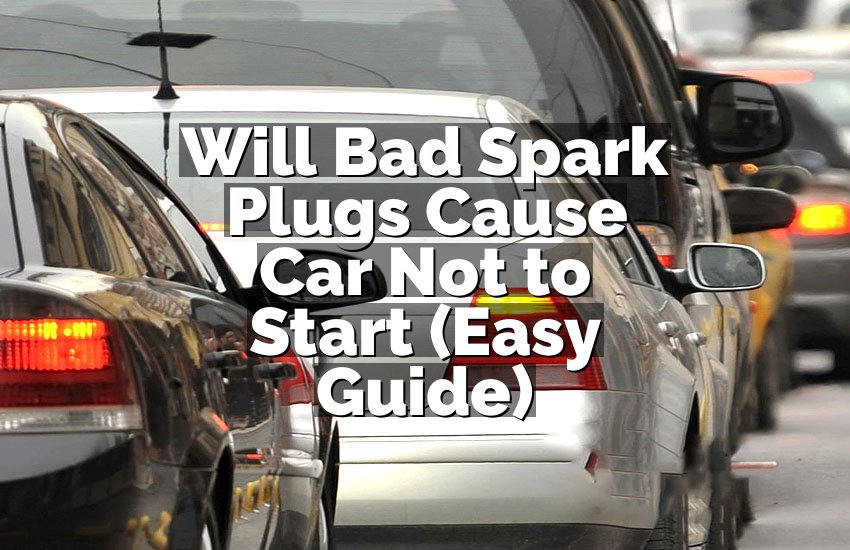When it comes to cars, things can get a little confusing. Especially when people start talking about parts like flywheels, flexplates, and torque converters. If you’ve ever wondered, “Does an automatic car have a flywheel?” — you’re not alone! Let’s clear up the mystery in a super simple and fun way, just like chatting with a friend who knows their stuff. You’ll finally understand what’s really going on under the hood of your automatic car.

What is a Flywheel and Why Do Cars Need It?
Let’s start with the basics. A flywheel is a big, heavy disc made of metal. It’s connected to the engine of a car, and its job is actually pretty cool. When your engine is running, it creates power in bursts. A flywheel helps smooth out that power by storing energy and keeping the engine spinning smoothly, especially when you’re not pressing the gas.
Imagine trying to spin a pizza dough in the air — if your hands are jerky, the dough wobbles. But if you move in a smooth circle, the dough spins nicely. That’s kind of what the flywheel does. It keeps the motion smooth and steady.
Now, in manual cars, the flywheel has an extra job. It connects the engine to the clutch. When you press the clutch pedal, the flywheel helps transfer power from the engine to the gears, and then to the wheels. It also helps start the engine when you turn the key because it’s linked to the starter motor.
So, for manual cars, the flywheel is super important. But what about automatic cars? Do they use the same thing? That’s where things start to get interesting.
How Automatic and Manual Transmissions Work Differently
To understand whether an automatic car uses a flywheel, we need to look at how automatic and manual transmissions are different.
In a manual car, you control the gears with a stick shift. You also press the clutch pedal to switch between gears. This means you’re doing a lot of the work yourself. The clutch and flywheel work together to make the gear shifting happen.
But in an automatic car, the car does most of that work for you. You just put the gear lever into “Drive” and go. No clutch pedal, no gear shifting by hand. It’s easier and smoother for most people.
So, if there’s no clutch in an automatic car, do you still need a flywheel? Not exactly. Automatic cars don’t use a flywheel the same way manual cars do. Instead, they use something else called a flexplate and a torque converter.
These two parts do a similar job to the flywheel and clutch in a manual car. But they’re designed differently because automatic cars work differently. The flexplate connects the engine to the torque converter, and the torque converter takes the place of the clutch.
The main goal is the same: move power from the engine to the wheels. But the way it happens is different depending on the type of transmission.
So, no — automatic cars don’t use a flywheel in the traditional sense. They use a flexplate, which acts like a flywheel, but it’s thinner and lighter.
What is a Flexplate and How is It Different from a Flywheel?
Now that we know automatic cars don’t have a flywheel like manual cars, let’s talk about what they do have: the flexplate. It might sound like something out of a superhero movie, but it’s a real and important car part.
A flexplate is a round metal disc, kind of like a flywheel, but not as thick or heavy. It’s bolted to the engine’s crankshaft on one end and the torque converter on the other. Its job is to transfer the engine’s power to the transmission smoothly.
So why is it called a flexplate? The name comes from the fact that it can flex slightly. When the engine runs and things spin at high speed, a little bit of flex helps absorb vibrations and keep everything moving nicely.
Here’s what makes a flexplate different from a flywheel:
- A flywheel is heavier and thicker, designed to store energy and help with the clutch in manual cars.
- A flexplate is lighter and thinner, used in automatic cars to connect the engine to the torque converter.
Also, just like a flywheel, the flexplate has teeth around its edge. These teeth mesh with the starter motor to crank the engine when you start the car. So yes, even without a flywheel, your automatic car still gets started thanks to the flexplate.
One important thing to know is that flexplates can wear out over time. If they crack or become unbalanced, it can cause strange noises or even damage the engine. That’s why it’s good to know what it does and how to spot problems early (we’ll talk more about that soon).
So, while your automatic car doesn’t have a traditional flywheel, the flexplate does a very similar job. It keeps things spinning and helps your car move forward smoothly.
What is a Torque Converter and Why is It Important?
Next up in our journey is the torque converter. This is another big reason why automatic cars don’t need a flywheel like manual cars do.
The torque converter is a donut-shaped part that sits between the engine and the transmission. It’s filled with a special fluid that helps transfer power from the engine to the wheels without using a clutch.
In a manual car, you press the clutch pedal to stop the car from stalling when you’re at a red light. But in an automatic car, the torque converter does that job for you. It lets the engine keep running even when the car is stopped, and it smoothly moves power when you press the gas.
Here’s how it works in easy words:
- The engine spins a part of the torque converter called the impeller.
- The impeller moves fluid inside the converter.
- That fluid hits another part called the turbine, which spins the transmission.
- In the middle, there’s a stator that helps guide the fluid and boost the torque (power).
Because of this setup, automatic cars don’t need a clutch or a heavy flywheel. The torque converter handles all the smooth shifting and power transfer.
The torque converter also has something called a lock-up clutch. When you’re driving at higher speeds, it locks the converter and creates a solid connection between the engine and the transmission. This helps save fuel and keeps things efficient.
If something goes wrong with the torque converter, you might feel strange shaking, slipping gears, or delayed acceleration. Fixing it can be tricky, so it’s usually a job for a pro mechanic.
So, the torque converter and flexplate together do what the flywheel and clutch do in manual cars. That’s why automatic cars don’t need a traditional flywheel at all.
What Happens if the Flexplate or Torque Converter is Damaged?
Just like other car parts, the flexplate and torque converter can wear out or get damaged over time. When that happens, your car might start acting weird. Knowing the signs early can save you a lot of time, stress, and money.
Let’s talk about what can go wrong and what to look out for.
Common signs of a damaged flexplate
- Clunking or knocking sounds from the engine, especially when starting or shifting gears
- Vibrations or shaking when driving at certain speeds
- Trouble starting the engine, or the starter making strange noises
- Loose bolts or cracks in the flexplate (can be seen if inspected by a mechanic)
A damaged flexplate can make it hard for the engine to send power to the transmission. It can even damage other parts if it’s not fixed quickly.
Common signs of a bad torque converter
- Slipping gears, where the car revs but doesn’t move as expected
- Delayed acceleration, like a slow or lazy response when pressing the gas
- Overheating transmission, which might trigger warning lights
- Weird noises, such as whining or grinding sounds
If you notice these problems, it’s best to get your car checked right away. Waiting too long can cause more damage and lead to expensive repairs.
Fixing a flexplate or torque converter
Repairing or replacing a flexplate or torque converter is not a small job. It usually involves removing the transmission, which is a big task.
Here’s what happens in a repair:
- The mechanic will lift the car and remove the transmission
- They will inspect the flexplate for cracks or damage
- If needed, they will install a new flexplate or torque converter
- Then they put everything back together and test it
This kind of work is usually best left to professionals. It can cost a few hundred to over a thousand dollars, depending on your car model and location. But fixing it early can prevent more serious problems down the road.
So, keeping your ears and eyes open for any strange signs is the best way to avoid big car troubles.
Frequently Asked Questions
Is it okay to drive with a bad flexplate?
No, it’s not safe. A bad flexplate can cause vibrations, engine damage, or even stop your car from moving. It’s best to fix it as soon as possible.
Can I replace a torque converter myself?
You can, but it’s a very hard job that needs special tools and knowledge. Most people should let a trusted mechanic handle it.
Do I need to check the flexplate often?
Not really. It doesn’t need regular checking unless you hear strange sounds or feel vibrations. If you do, get it inspected by a mechanic.
Is it normal for a flexplate to crack?
It’s not normal, but it can happen over time or due to poor installation. Cracks are serious and should be repaired quickly to avoid engine damage.
Can a torque converter cause engine shaking?
Yes, a failing torque converter can cause shaking or jerking when driving. It may also lead to slipping gears or strange noises.
Do I have to replace the flywheel in an automatic car?
No. Automatic cars do not have a traditional flywheel. They have a flexplate instead. So, if it goes bad, the flexplate needs to be replaced.
Is it possible to upgrade the torque converter?
Yes, some people upgrade their torque converters for better performance. This is more common in racing or towing vehicles.
Can a bad flexplate damage the starter?
Yes, it can. If the teeth on the flexplate are damaged, it can stop the starter motor from working right. This makes it hard to start your car.
I hope this article helped you understand the difference between a flywheel and a flexplate and cleared up whether automatic cars have a flywheel. Knowing these things can save you stress and help you take better care of your car. If you hear strange sounds or feel something off, don’t wait — get it checked out.


